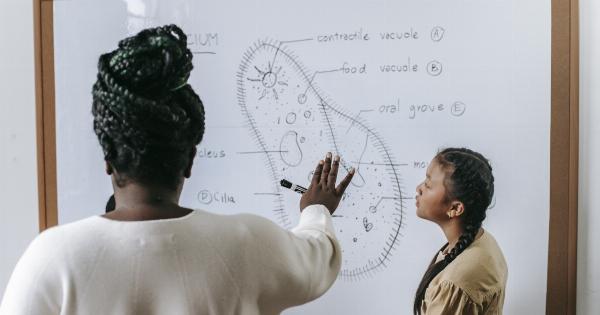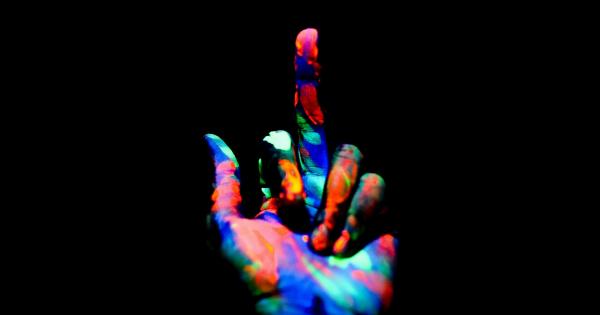Have you ever experienced a feeling of familiarity in a new situation, as if you have already been there or seen it before? This phenomenon is called déjà vu, which is French for “already seen.” Déjà vu occurs in around 60 to 70 percent of the population and is a common experience, yet its underlying mechanisms have been a mystery for a long time. However, recent research has shed light on the neuroscience of déjà vu.
What is Déjà Vu?
Déjà vu is a sensation of familiarity that occurs in a novel situation, object, or event, which makes a person feel as if they have already experienced it before.
Déjà vu can be triggered by various stimuli, such as a scene, a smell, a sound, or a taste.
During déjà vu, a person may also feel a sense of confusion, disorientation, or a feeling of “what just happened?” However, after a few moments, the feeling dissipates, and the person realizes that they have not experienced this moment before.
The Brain and Déjà Vu
The brain is a complex organ that orchestrates our perception and experiences. Déjà vu is no exception. Several areas of the brain are involved in the sensation of déjà vu, including the hippocampus, amygdala, temporal lobe, and prefrontal cortex.
The Hippocampus and Memory
The hippocampus is a seahorse-shaped structure in the brain that plays a crucial role in memory formation and recall. The hippocampus is also responsible for creating a spatial map of our surroundings.
The hippocampus receives information from the sensory organs and integrates it with the existing memories. This process creates a representation of the current experience, which is stored in the hippocampus. In the context of déjà vu, the hippocampus may be responsible for encoding the current experience as familiar, even though it is new.
The Amygdala and Emotions
The amygdala is a small, almond-shaped structure in the brain that plays a critical role in processing emotions. The amygdala is especially sensitive to threat and danger.
The amygdala can trigger a rapid response to a potential threat before the conscious brain processes the information. In the context of déjà vu, the amygdala may amplify the emotional response to the perception of familiarity, which can lead to a feeling of confusion or disorientation.
The Temporal Lobe and Perception
The temporal lobe is a region in the brain that is responsible for processing sensory information, such as sound, smell, and vision.
The temporal lobe integrates the sensory information with the existing memories to create a coherent perception of the environment. In the context of déjà vu, the temporal lobe may be responsible for processing the sensory information and comparing it with the stored memories, which can create a feeling of familiarity.
The Prefrontal Cortex and Consciousness
The prefrontal cortex is a region in the brain that is responsible for decision-making, planning, and attention. The prefrontal cortex also plays a crucial role in the sense of self-awareness and consciousness.
In the context of déjà vu, the prefrontal cortex may be responsible for reconciling the conflicting perceptions of familiarity and novelty. The prefrontal cortex can help a person recognize that the experience is new, even though it feels familiar.
Theories of Déjà Vu
Several theories have been proposed to explain the phenomenon of déjà vu. One theory suggests that déjà vu occurs when two similar situations or memories overlap in the brain, leading to confusion.
Another theory proposes that déjà vu occurs when the brain attempts to match the current experience with a stored memory, but fails to retrieve the entire memory, leading to a sense of familiarity without a specific source. A third theory suggests that déjà vu occurs when the brain generates a false memory, which is why the experience feels familiar, even though it is new.
Accompanying Phenomena
Déjà vu is often accompanied by other phenomena, such as jamais vu and presque vu. Jamais vu is the opposite of déjà vu, where a person experiences a sense of unfamiliarity in a familiar situation, such as a word or a familiar face.
Presque vu is a sensation of almost remembering something, but the memory remains elusive. These phenomena share some similarities with déjà vu and may also be linked to the functioning of the brain.
Conclusion
The neuroscience of déjà vu is a fascinating field of research that is shedding light on the complex workings of the brain. Déjà vu is a common experience that can be triggered by various stimuli.
The sensation of déjà vu involves several areas of the brain, such as the hippocampus, amygdala, temporal lobe, and prefrontal cortex. Several theories seek to explain the phenomenon of déjà vu, yet its underlying mechanism remains elusive. Déjà vu is often accompanied by other phenomena, such as jamais vu and presque vu.
Understanding the neuroscience of déjà vu can provide insight into the workings of the human brain and contribute to the development of therapies for brain disorders.



























